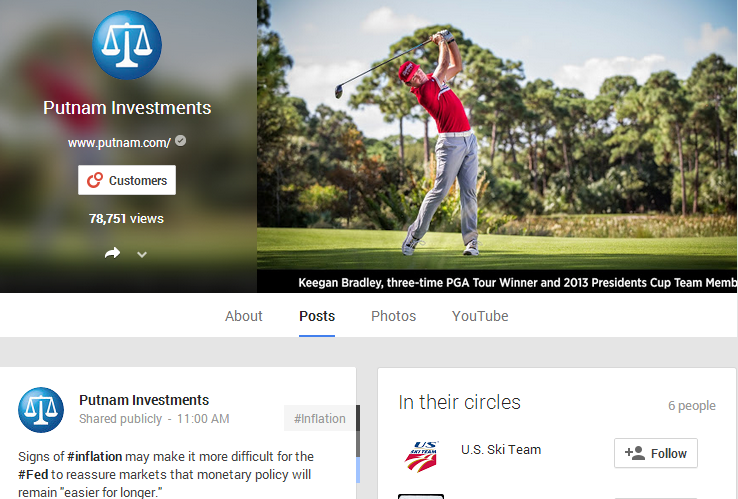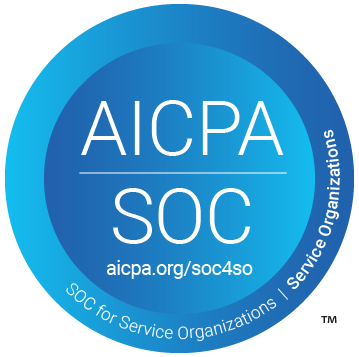Asset Managers Using More Than LinkedIn and Twitter
As more financial services firms are going social, many companies are starting to gain more customers through social media channels. If your organization is still reluctant to engage on social platforms, there is some good evidence that you should start.
Overall, financial services firms are investing more in digital marketing. Research by Martini Media cited by The Financial Brand found that marketers expect to increase investments in social media and other digital approaches after noting diminishing returns on more traditional marketing approaches. Customers, even business-to-business buyers and investors, are increasingly using social media to research investment decisions. This means that financial services firms are starting to utilize digital channels to connect with these newly empowered digital consumers.
Are asset managers using more than LinkedIn and Twitter?
Financial services firms are using a wide variety of platforms, from LinkedIn to even Pinterest. According to HubSpot’s “2013 State of Inbound Marketing Research Report,” financial services firms were able to gain customers using many different social platforms, including Facebook, LinkedIn, Twitter, Google Plus and even Pinterest. Not surprisingly, LinkedIn was cited as the most effective venue for financial services to acquire customers. More surprisingly, 5 percent of financial services respondents indicated they had acquired a customer using Pinterest, the visually oriented social platform where you are likely to find the best crafts and recipes being shared.
While not many asset management firms have Pinterest accounts, a number of them have campaigns that are taking off on the platform. For instance, Prudential’s Day One campaign, which invites people to share images and videos are of their first day of retirement, is frequently shared using the pinning service. 
The company could take advantage of its popularity and invite customers to pin certain items on the Day One site.
BlackRock’s Facebook page has a great mix of different content types, including insights infographics from their blog, images depicting company culture and relevant articles from other sources, like Business Insider and Forbes. With over 1.23 billion active monthly users, Facebook is a social channel that can’t be ignored. What brands must consider, however, is that Facebook’s declining organic reach means you need to pay to play.
Putnam Investments uses Google Plus as a content sharing platform much like LinkedIn. The firm shares content from its blogs, like Putnam Perspectives insight blog and its Wealth Management blog. It’s a good resource for potential clients who prefer not to get their information through LinkedIn. It also provides a handy way to organize its insights and market trend videos. Considering that Google owns about 70% of search engine market shares, Google+ is the best social channel for SEO. No brand should ignore this channel for this reason alone.

Once you setup your Google+ business page, YouTube naturally follows. YouTube has become the second largest search engine next to Google, and smart companies have integrated YouTube into their social channels. Fidelity Investments has its own channel, which it uses to not only provide an overview of its own services, but also provide education and market insights for investors.
Credit Suisse has a Flickr account that helps to demonstrate its company culture. The firm has several albums dedicated to Roger Federer, four-time World Sportsman of the year, who entered into a partnership with Credit Suisse to show the company’s commitment to preparation, dedication and excellence. The company also has albums for its executive board and offices and buildings.
And those are just a few of the ways financial services firms are reaching audiences outside of LinkedIn and Twitter.
Identifying new opportunities with social
It would come as no surprise to most financial services professionals that LinkedIn is the leading social platform for gaining customers in the industry. It is a widely trusted business networking site. However, companies looking to more consumer-oriented platforms should take a serious look at other growing platforms like Pinterest. The unique opportunity with Pintrest, for example, is that it’s a platform used to plan for the future (as opposed to reliving the past or analyzing the present). Users pin ideas that inspire them and can organize them by topic to plan for future events. Pinterest is an easy way to share visual information, like infographics and charts, that can educate users and inspire them to plan for a solid financial future.
According to a survey from KPMG, 60 percent of business-to-business firms saw identifying new social media opportunities as the biggest factor in success in this realm. While Pinterest may seem like a risk, it is a growing platform, and the small number of financial services firms using it may actually have the right idea. All in all, one of the hallmarks of the social environment is that it is consistently evolving, and while LinkedIn may be the No.1 social platform for financial services now, that may not always be the case.
Whether the number of customers gained from less popular platforms justifies the investment is something firms will have to think about. The key takeaway is that taking a closer look into certain social platforms may reveal more opportunities than you think.
Thanks for reading! If you liked this article, you can sign up to receive more content like this.
Here are some related resources that might interest you: From the Blog: Four Ways Asset Management Marketers Can Grow AUM |  From the Blog: 3 keys to improving your quarter-end process |  From the Blog: Social Business Innovation Summit Recap 2014 |






 Compare the Top 3 Finserv Content Automation Vendors [White paper]
Compare the Top 3 Finserv Content Automation Vendors [White paper] Create Pitchbooks the Drive Sales [White paper]
Create Pitchbooks the Drive Sales [White paper] Build vs. Buy: Should Your Financial Services Firm Outsource or Insource Marketing Technology? [White paper]
Build vs. Buy: Should Your Financial Services Firm Outsource or Insource Marketing Technology? [White paper]  10 Tips for Rebranding your Fund Marketing Documents [White paper]
10 Tips for Rebranding your Fund Marketing Documents [White paper]




